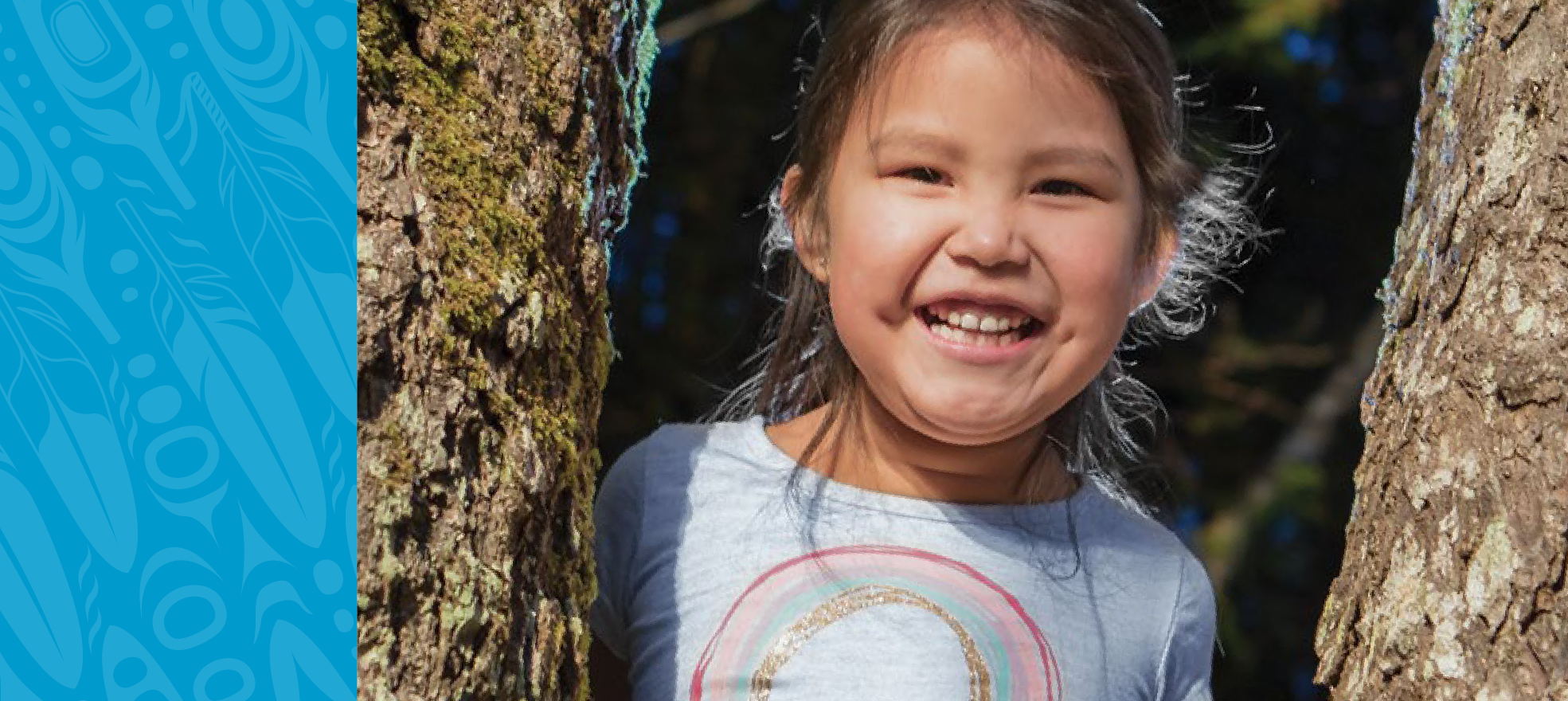Indigenous Language & Culture
Indigenous Languages
There are 35 First Nation languages in British Columbia, representing more than half of all First Nation languages in Canada. A variety of other Indigenous languages are also spoken in B.C., including Michif, the Métis language and Inuktitut.1 All of these languages face threats to their vitality.
The Province provides funding and supports to protect and revitalize Indigenous heritage, languages, cultures and arts.
First Peoples' Cultural Council
The First Peoples' Cultural Council (FPCC)
The First Peoples' Cultural Council (FPCC) is a First Nations-led Crown corporation that supports the revitalization of First Nation languages, arts, cultures and heritage in British Columbia.
It provides funding and resources to communities, monitors the status of First Nation languages and develops policy recommendations for First Nations leadership and government.
FPCC was established in 1990 by the First Peoples’ Heritage, Language and Culture Act.
The FPCC’s First Peoples’ Map is the first interactive online map in Canada featuring information about Indigenous languages, arts and cultural heritage in B.C.
FirstVoices is a free online platform that community language teams use to upload dictionaries, alphabets, songs, stories, words and phrases as well as audio and video to community sites. People can access FirstVoices to confirm spellings and hear how to pronounce words and phrases.
Learn more about FPCC programs and resources, like the First Peoples’ Map and FirstVoices, on their website.
B.C. public education (K-12) system
The B.C. public education system seeks to improve success and supports for Indigenous students, and increase the presence of Indigenous culture, languages and history for all students. It also aims to help teachers bring Indigenous knowledge into their teaching practice.
For example, the Ministry of Education and Child Care, in collaboration with the First Nations Education Steering Committee, is implementing a new graduation requirement. Expected to take effect in the 2023-24 school year, this requirement will ensure all secondary students complete Indigenous-focused coursework before they graduate from B.C.’s K-12 education system.
More information can be found on the Ministry of Education and Childcare website, Indigenous Education in British Columbia.
B.C. public post-secondary institutions are partnering with First Nations and Métis communities to offer an increasing range of Indigenous language courses and programs including diplomas, certificates and degrees.
For example, a consortium of post-secondary institutions and Indigenous institutes have developed an Indigenous Language Fluency/Proficiency Degree Framework in collaboration with the First Nations Education Steering Committee and the Indigenous Adult and Higher Learning Association. In March 2021, the first bachelor’s degree of its kind in British Columbia was launched under the provincial framework for Indigenous language learning.
More information can be found through the Ministry of Advanced Education and Skills Training, Indigenous Post-Secondary Education & Training
Place Naming
Place names reflect the cultural history and heritage values of British Columbia. Learning place names can enable a deeper understanding of the history and significance of a place.
While most place names in the BC Geographical Names Information System (and therefore labelled on maps) are in the English language, there are many names that have Indigenous origins or roots that have been anglicized, poorly interpreted or applied to something for which the original name was never intended.
More information can be found through the BC Geographical Names Office.
Moving forward, Declaration Act Action Plan includes a variety of actions to protect and revitalize Indigenous languages and culture, including:
- Action 3.15: Adopt an inclusive digital font that allows for Indigenous languages to be included in communication, signage, services and official records. Read more about Including Indigenous languages in government records, systems and services.
- Action 4.29: Establish an Indigenous-led working group to develop a strategy for the revitalization of Indigenous languages in B.C., including potential legislative supports.
- Action 4.30: Support Indigenous language revitalization through sustainable funding.
The Declaration on the Rights of Indigenous Peoples Act, passed into law in November 2019, establishes the United Nations Declaration on the Rights of Indigenous Peoples as the Province’s framework for reconciliation.
Moving forward, Declaration Act Action Plan includes a variety of actions to protect and revitalize Indigenous languages and culture, including:
-
Action 3.15: Adopt an inclusive digital font that allows for Indigenous languages to be included in communication, signage, services and official records. Read more about Including Indigenous languages in government records, systems and services.
-
Action 4.29: Establish an Indigenous-led working group to develop a strategy for the revitalization of Indigenous languages in B.C., including potential legislative supports.
-
Action 4.30: Support Indigenous language revitalization through sustainable funding.
The Declaration on the Rights of Indigenous Peoples Act, passed into law in November 2019, establishes the United Nations Declaration on the Rights of Indigenous Peoples as the Province’s framework for reconciliation.
1. Statistics Canada, Statistics Canada Catalogue no. 98-400-X2016157, 2016 Census of Population.
The Declaration Act Action Plan is an 89-point plan that includes goals, outcomes, and tangible actions needed for meaningful progress in reconciliation over the next five years.
More information can be found on the Declaration Act homepage.

